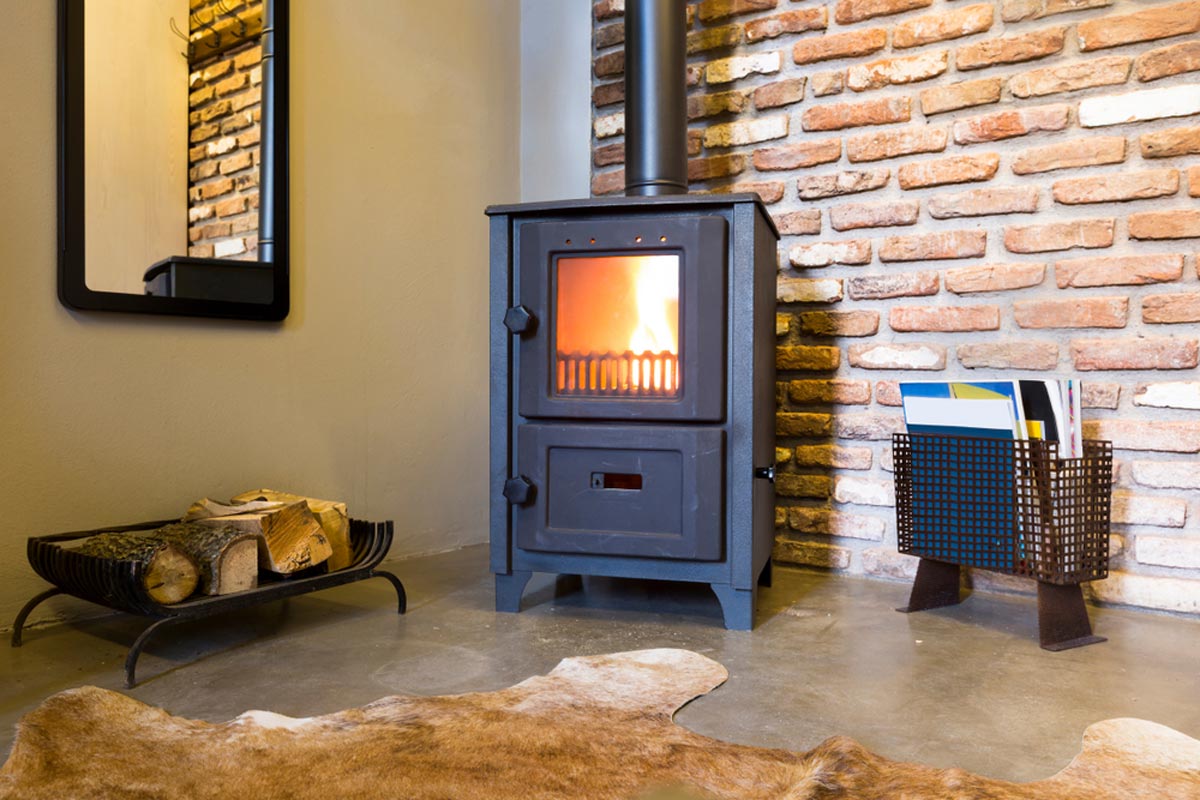Choosing the best stove and confirming it is set up correctly is vital for every homeowner looking to enhance their kitchen’s efficiency and aesthetics. Ranging from gas to electric options, all stove type has its distinct installation needs and factors that can significantly impact function and protection. Grasping these disparities can enable you make wise decisions and prevent frequent errors in the installation process.

In this guide, we'll examine the different types of stove installations, their particular needs, and the significance of employing a certified technician for the job. Regardless of whether you're enhancing an old appliance or installing a new one, knowing how to prepare your kitchen and what safety measures to take will make certain a seamless transition. Let's dive into the fundamentals every homeowner should know to make their stove installation a victory. spintax ### Choosing the Right Stove: Electric vs. Electric
When choosing a stove, one of the first decisions homeowners face is whether to choose a natural gas or electric model. Natural gas stoves offer rapid heating and exact temperature control, making them a preferred choice among expert chefs and cooking enthusiasts. They also allow for instant adjustments, which can be helpful for recipes that require careful temperature management. However, natural gas stoves need a gas line, which can add to setup complexity and cost.
On the other hand, electric stoves, including traditional and induction options, are generally easier to install as they simply require an electrical outlet. Electric stoves provide flat cooking surfaces that are aesthetically pleasing and easier to clean. Induction cooktops, in particular, offer quick heating and energy efficiency. However, certain individuals find that electric stoves take more time to heat up and may not provide the same level of immediate control as their natural gas counterparts.
Ultimately, the choice between gas and electric comes down to personal preference, cooking habits, and current kitchen infrastructure. Homeowners ought to consider factors such as cooking styles, budget constraints, and the accessibility of gas lines or electrical upgrades when making their decision. Both models has its own set of benefits that cater to different needs in the kitchen.
Guidelines for Successful Stove Setup
Effective cooktop installation starts with detailed preparation. Property owners should assess the cooking area dimensions available for the new stove, making sure that it fits seamlessly and satisfies the mandatory clearance from barriers and other appliances. Traditional stove installation 's also important to verify for the appropriate utility connections, such as natural gas lines for propane cooktops or appropriate power outlets for electric-powered cooktops. Keeping these factors in consideration will help prevent any issues during the installation process.
When it comes to security, engaging a experienced technician is strongly recommended. Professionals are aware about state regulations and standards, ensuring that your cooktop is installed according to regulatory guidelines. They can also check proper ventilation, especially for gas cooktops, to mitigate risky situations. Property owners should never overlook the importance of safety measures and adherence to safeguard their home.
Finally, care and aftercare are important after setup. Homeowners should acquaint themselves with the functionality of their recently installed stove and address any first concerns with the installer. Consistent care, such as cleaning and inspecting for natural gas leaks in gas stoves or making sure electrical connections are secure, can extend the cooktop’s lifespan and performance. Keeping these tips in consideration will help property owners enjoy their new cooking appliance with certainty.
Maintenance and Diagnosing Issues Your Stove
Consistent maintenance is crucial to guarantee the longevity and performance of your stove. For gas stoves, it is important to check the burners and grates for any food residue or spills that can complicate with operation. Wiping these parts down after use and performing a thorough cleaning at least once a month will help maintain operability. Additionally, make sure that the gas line connections are secure and check for any signs of wear or damage.
For electric and induction stoves, keeping an eye on the condition of the heating elements is imperative. If you notice that an element is not heating properly, it might need replacement. Cleaning the cooktop surface regularly not only enhances aesthetic but also prevents food build-up that can impact heating efficiency. Always make sure to follow the manufacturer’s guidelines for cleaning to prevent damaging the surface.
If your stove isn’t functioning as expected, troubleshooting should start with checking basic connections and settings. For gas stoves, check that the gas supply is turned on and that the igniter is functioning. In the case of electric stoves, check the circuit breaker and outlet power. If problems persist, contacting a professional for an extensive inspection is recommended to avoid potential hazards and guarantee safe operation.
